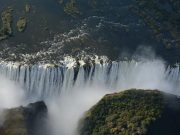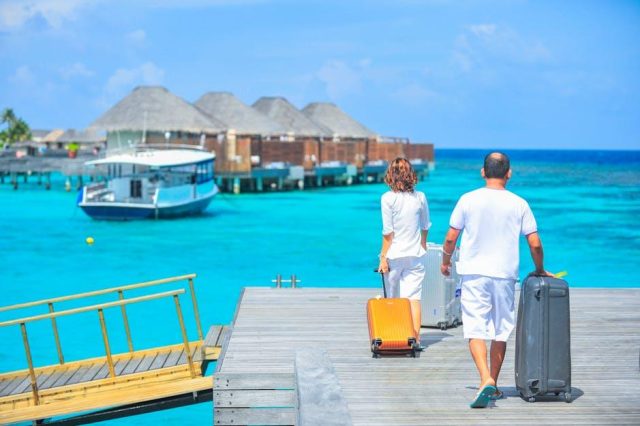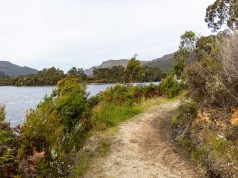In the vast tapestry of human culture, languages are the vibrant threads that weave communities together, telling stories of ancestors and shaping the identity of those who speak them. Yet, in an age where the world feels smaller and more connected than ever, the intricate patterns of indigenous languages are under unprecedented pressure. As travelers venture beyond the beaten path, seeking authentic experiences and deeper connections, they inadvertently become both witnesses to and participants in a delicate dance of preservation and erosion. This article delves into the complex relationship between tourism and indigenous languages, exploring how the influx of visitors can both threaten and revive the linguistic heritage of the communities they visit. Through a neutral lens, we will examine the nuanced impact of tourism, shedding light on both the challenges and opportunities it presents for the languages that have long been the heartbeat of indigenous cultures.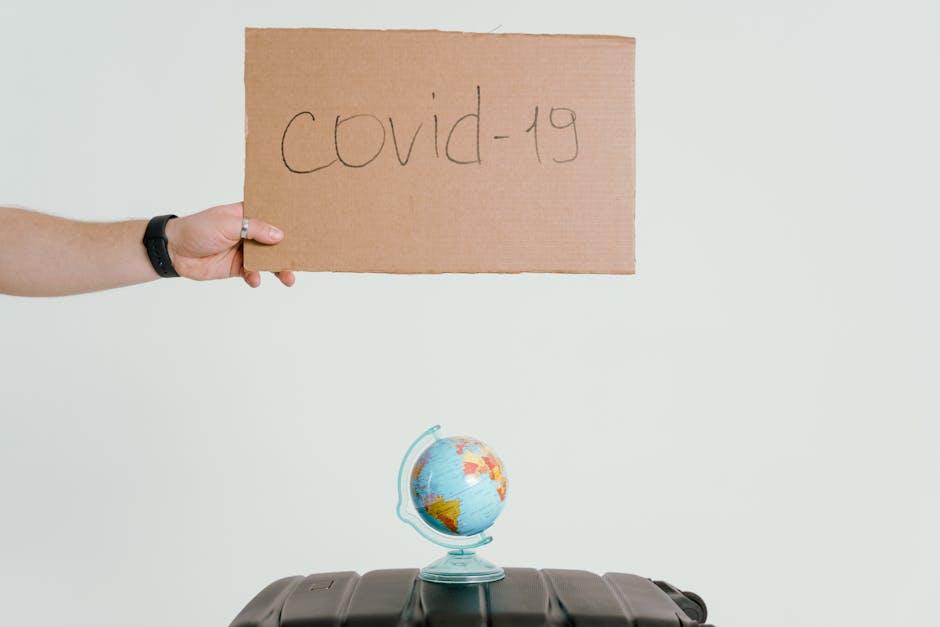
Cultural Exchange or Erosion The Dual Nature of Tourism
Tourism often serves as a bridge, connecting diverse cultures and languages, yet it also poses a unique challenge to the preservation of indigenous languages. As visitors flock to exotic destinations, eager to immerse themselves in authentic cultural experiences, the demand for English and other global languages grows. This demand can inadvertently overshadow native tongues, leading to a decline in their everyday use. Local communities, striving to cater to tourists, may prioritize more widely spoken languages, inadvertently pushing indigenous languages to the fringes. Such a shift is not just a matter of communication; it reflects a deeper cultural erosion, as language is intrinsically tied to identity and heritage.
However, tourism also offers opportunities for the revitalization and celebration of indigenous languages. Here are some potential benefits:
- Cultural Workshops: Offering language classes and cultural workshops to tourists can create a space for the exchange of knowledge and traditions.
- Local Guides: Employing local guides who speak indigenous languages provides authentic experiences for tourists while encouraging the use of native tongues.
- Cultural Festivals: Hosting festivals that highlight traditional music, dance, and storytelling in native languages can foster appreciation and awareness.
Ultimately, the impact of tourism on indigenous languages is a delicate balance, one that requires careful consideration and proactive measures to ensure that cultural exchange does not become cultural erosion.
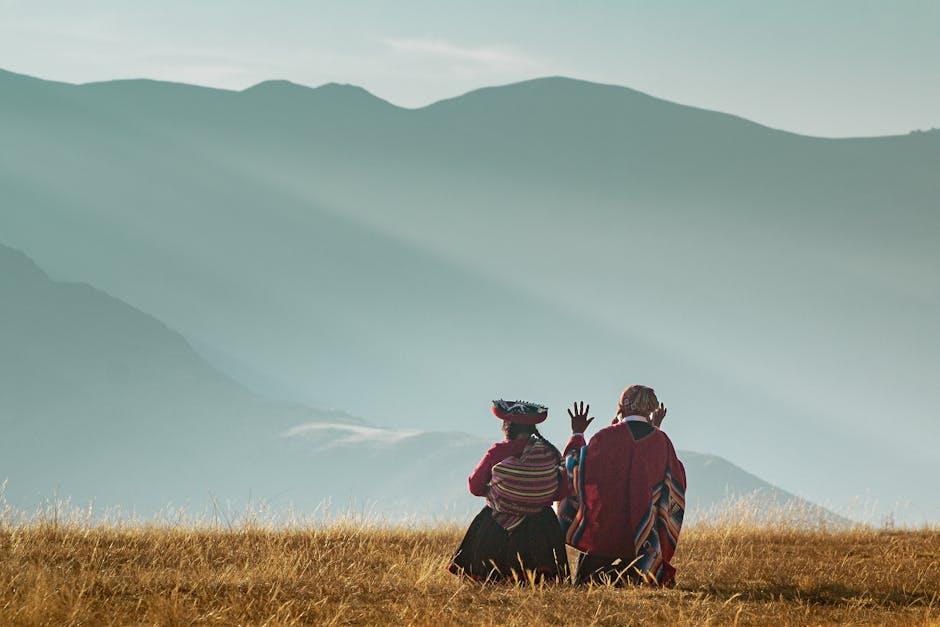
Language Revival Through Tourism Opportunities and Challenges
Tourism offers a double-edged sword for the revitalization of indigenous languages. On one hand, it provides a platform for cultural exchange and awareness, allowing communities to showcase their linguistic heritage. Tourist interactions often encourage local communities to use their native languages in cultural demonstrations, storytelling, and guided tours. These interactions can spark a sense of pride and motivate younger generations to learn and use their ancestral languages. Additionally, tourism-driven economic incentives can support language education programs and resource development, contributing to the preservation and revitalization of these languages.
However, the challenges are equally significant. Commercialization risks can lead to the oversimplification or misrepresentation of indigenous languages, reducing them to mere tourist attractions rather than living languages with rich histories. The influx of tourists may also pressure communities to prioritize dominant languages for broader communication, inadvertently marginalizing their own. To address these challenges, it’s crucial to ensure that tourism initiatives are community-led and culturally sensitive, fostering a genuine appreciation for linguistic diversity. Solutions might include:
- Incorporating indigenous languages into tourism marketing and branding.
- Developing language immersion experiences for tourists that are authentic and respectful.
- Creating partnerships with local educational institutions to promote language learning among both locals and visitors.
Safeguarding Linguistic Heritage Community-Led Initiatives
In the vibrant tapestry of global cultures, the role of community-led initiatives in preserving linguistic heritage cannot be overstated. These grassroots movements often act as the custodians of indigenous languages, engaging in creative and resilient methods to ensure their survival. Local communities have harnessed the potential of tourism, transforming it from a potential threat into an opportunity for linguistic revitalization. By offering immersive cultural experiences, such as language workshops and traditional storytelling sessions, they create an authentic space for visitors to engage with the language in its natural habitat.
Through collaborative efforts with local artisans and cultural practitioners, these initiatives promote language use in everyday activities, ensuring that visitors not only learn the language but also understand its cultural context. Some of the innovative strategies include:
- Language immersion tours, where tourists participate in daily activities conducted entirely in the indigenous language.
- Cultural festivals, showcasing traditional music, dance, and oral histories, narrated in the native tongue.
- Collaborative art projects, allowing visitors to create alongside indigenous artists, fostering a deeper connection to the language and culture.
These initiatives not only help in preserving linguistic diversity but also empower communities by positioning them as active participants in the tourism economy.

Strategic Partnerships for Preservation Collaborative Approaches to Language Sustainability
In the ever-evolving world of tourism, there exists a delicate balance between cultural appreciation and cultural erosion. Indigenous languages, often at the heart of cultural identity, face unique challenges and opportunities in this dynamic landscape. While tourism can introduce a much-needed economic boost to indigenous communities, it can also lead to the homogenization of cultures, putting at risk the very languages that define them. This calls for strategic partnerships that prioritize the preservation of linguistic diversity.
Collaborative approaches to language sustainability can leverage tourism as a powerful tool for cultural preservation. By engaging with local communities, tourism operators can create experiences that not only entertain but also educate and enlighten visitors about the rich linguistic heritage of indigenous peoples. Effective strategies include:
- Cultural exchange programs that involve language immersion experiences.
- Tourism-driven language workshops where visitors learn basic phrases and stories in the local tongue.
- Collaborations with indigenous artists and storytellers to ensure that tours incorporate authentic narratives.
- Community-led tourism initiatives that give voice to local leaders and language keepers.
These collaborative efforts can ensure that tourism becomes a conduit for language revitalization rather than erosion, providing an opportunity for indigenous languages to thrive amidst the global exchange of cultures.
In Retrospect
As the sun sets on the vibrant tapestry of cultures that our world offers, the conversation about the impact of tourism on indigenous languages continues to echo across the globe. The gentle whispers of ancient dialects, interwoven with the bustling hum of modernity, remind us of the delicate balance we must strive to maintain. Tourism, a double-edged sword, holds the power to either illuminate or obscure these linguistic treasures. As we navigate this complex relationship, let us tread thoughtfully, honoring the voices of the past while crafting a future where diversity flourishes. it is not merely about preserving words, but about cherishing the stories they tell and the wisdom they impart. With open minds and respectful hearts, we can ensure that the world’s linguistic heritage remains a vibrant thread in the fabric of humanity’s shared journey.


